The United States has a rich and complex history, but not everything makes it into the textbooks. Some lesser-known facts reveal fascinating, unexpected, or controversial aspects of American history and culture. Exploring these hidden details gives a fuller picture of the nation’s past and present. Here are 20 US facts that textbooks don’t often teach these days.
The First Presidential Election Had No Popular Vote
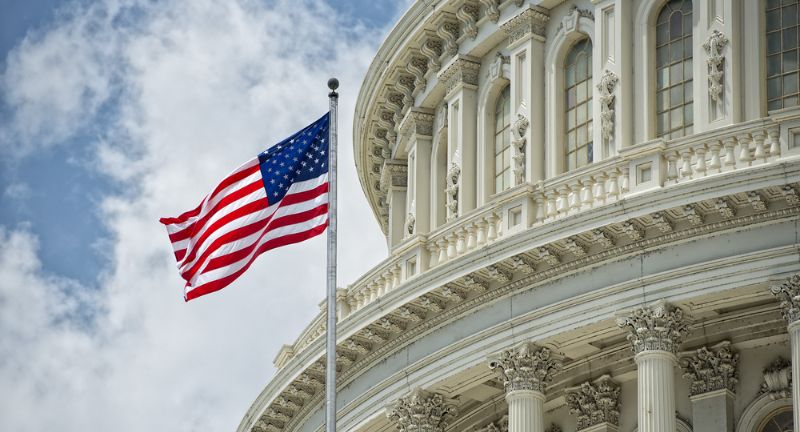
Shutterstock
In 1789, George Washington was elected as the first president of the United States, but there was no popular vote. Instead, state legislatures and electors chosen by them cast their votes. This system highlighted the early limits on citizen participation in democracy. Over time, voting rights and systems have expanded significantly.
The U.S. Once Planned to Annex Canada
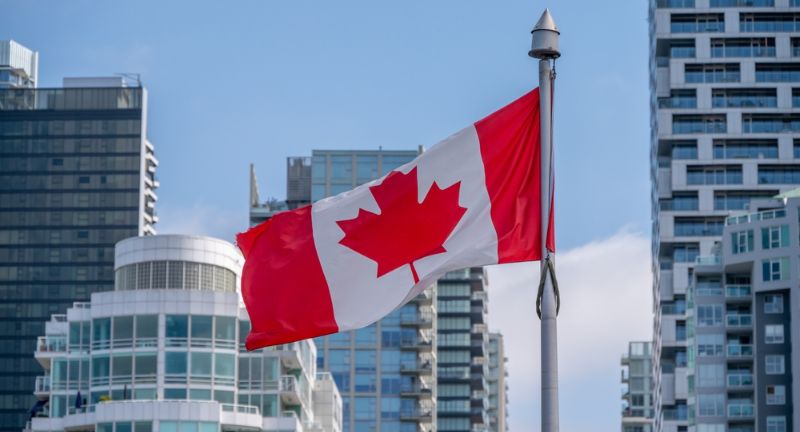
Shutterstock
During the 19th century, several U.S. politicians and military leaders expressed interest in annexing Canada. Plans ranged from peaceful negotiations to military action, but they never materialized. The idea was driven by expansionism and the belief in Manifest Destiny. Today, the U.S. and Canada maintain close but separate ties.
Abraham Lincoln Was a Licensed Bartender

Shutterstock
Before becoming the 16th president, Abraham Lincoln co-owned a tavern in New Salem, Illinois, called Berry and Lincoln. He held a bartender’s license and sold alcohol to locals. This lesser-known fact showcases Lincoln’s varied career path before his rise to national prominence. It’s a reminder that even great leaders often start in humble roles.
The Liberty Bell Wasn’t Rung on July 4, 1776
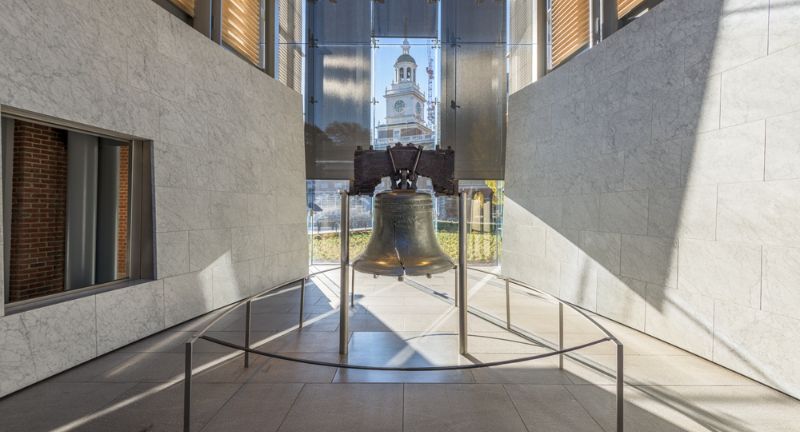
Shutterstock
Contrary to popular belief, the Liberty Bell didn’t ring on the first Independence Day. It may have rung on July 8, 1776, to mark the reading of the Declaration of Independence, but there’s no concrete evidence. The bell’s famous crack also developed decades later. The myth grew as part of the bell’s symbolic role in American history.
The U.S. Bought Alaska for Just Two Cents an Acre
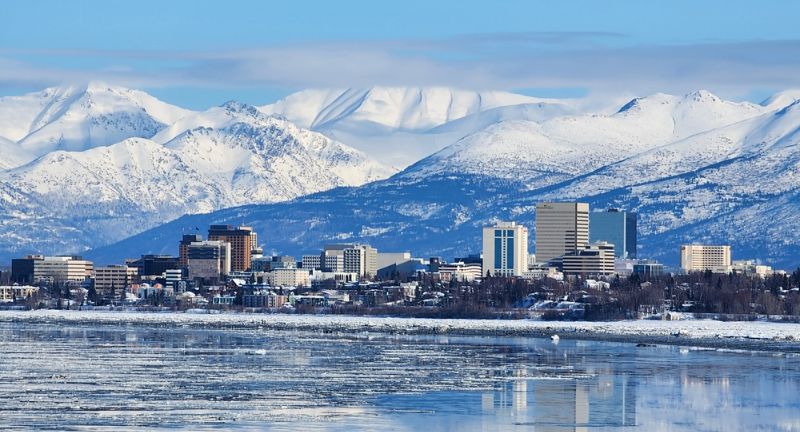
Shutterstock
In 1867, the U.S. purchased Alaska from Russia for $7.2 million, which amounts to about two cents per acre. At the time, critics dubbed it “Seward’s Folly,” questioning its value. Today, Alaska is recognized for its vast natural resources and strategic importance. The purchase is considered one of the best land deals in history.
Women Fought in the Civil War Disguised as Men
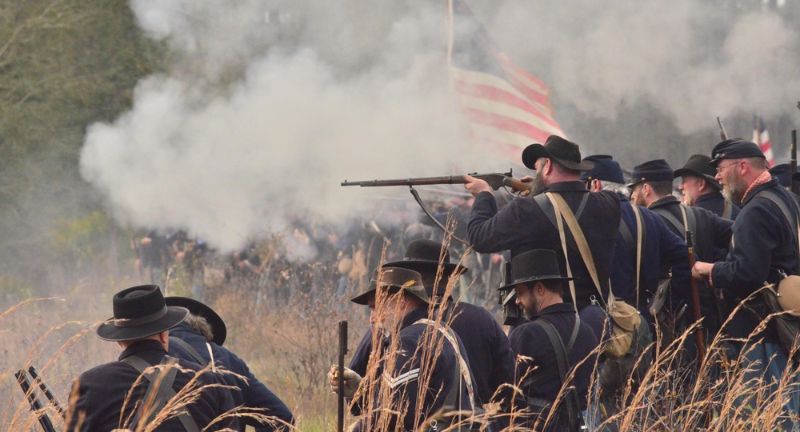
Shutterstock
Hundreds of women served in the Civil War by disguising themselves as men. They fought bravely alongside male soldiers, often risking exposure and punishment. Many were only discovered after being injured or killed in battle. These women challenged traditional gender roles and demonstrated extraordinary courage.
The U.S. Once Had an Emperor
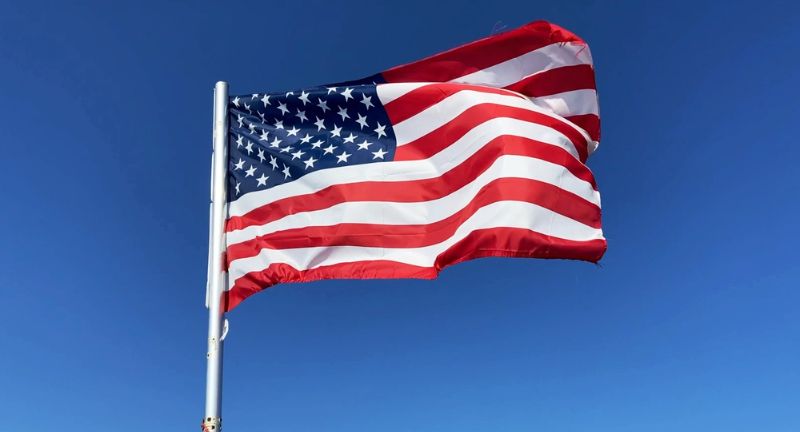
Shutterstock
In the mid-1800s, a man named Joshua Norton declared himself “Emperor of the United States.” Although he had no official power, Norton I became a beloved figure in San Francisco. Locals humored his proclamations, and his eccentricity left a lasting legacy. Emperor Norton is now remembered as a quirky part of American history.
The Star-Spangled Banner Was Once a Drinking Song
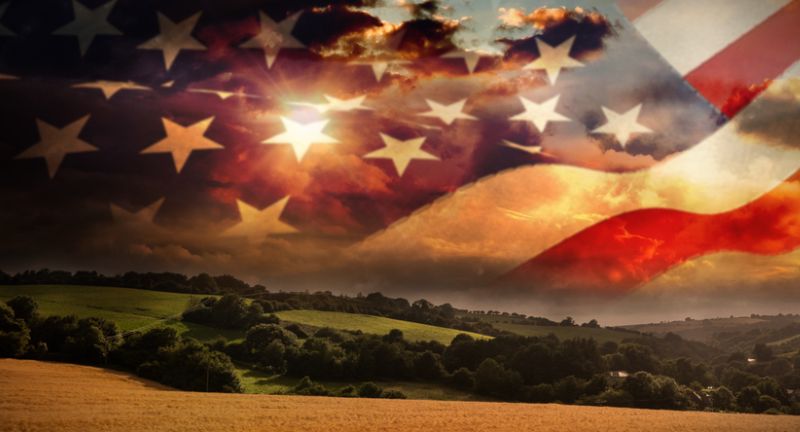
Shutterstock
The melody of the U.S. national anthem, “The Star-Spangled Banner,” originally came from a British drinking song called “To Anacreon in Heaven.” Francis Scott Key adapted the tune to fit his poem about the Battle of Fort McHenry. Despite its origins, the anthem became a powerful symbol of patriotism. It was officially adopted in 1931.
The Great Seal of the U.S. Has a Secret Motto
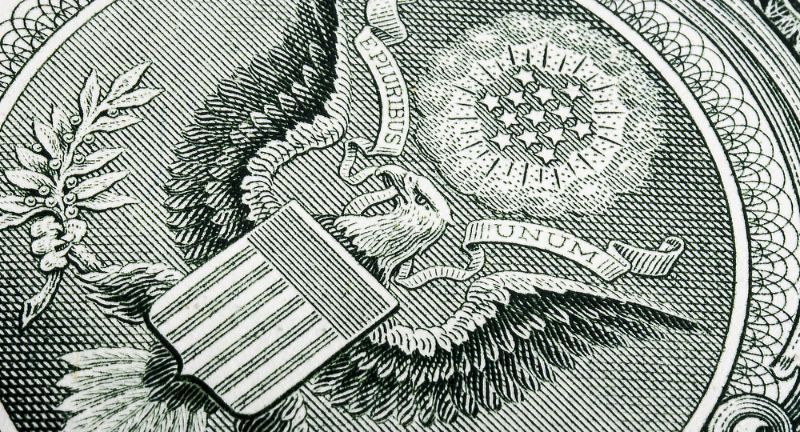
Shutterstock
The Great Seal of the United States includes the Latin motto “E Pluribus Unum,” meaning “Out of Many, One.” However, it also features a lesser-known motto: “Annuit Cœptis,” meaning “He [God] has favored our undertakings.” These phrases reflect the founding ideals of unity and divine guidance. Both mottos appear on the dollar bill today.
George Washington Didn’t Have Wooden Teeth
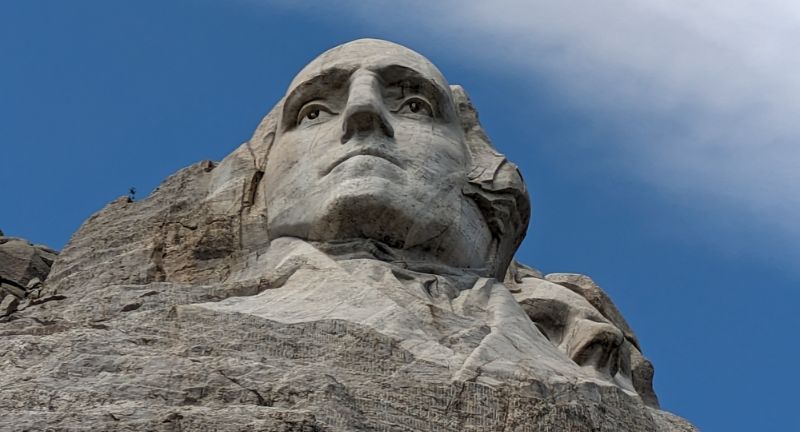
Shutterstock
Despite the common myth, George Washington’s dentures were not made of wood. Instead, they were crafted from materials like ivory, human teeth, and metal. The wooden teeth story likely originated from the dentures’ appearance, which became stained over time. Washington’s dental struggles are a fascinating glimpse into 18th-century medicine.
The U.S. Once Had Its Own Tea Party… in Boston

Shutterstock
While the Boston Tea Party is famous, many don’t know it was less about tea and more about taxation. Colonists dumped 342 chests of tea into the harbor in protest of British taxation without representation. The event was a pivotal moment leading up to the American Revolution. Its symbolism endures as a hallmark of rebellion and resistance.
The U.S. Capital Wasn’t Always Washington, D.C.
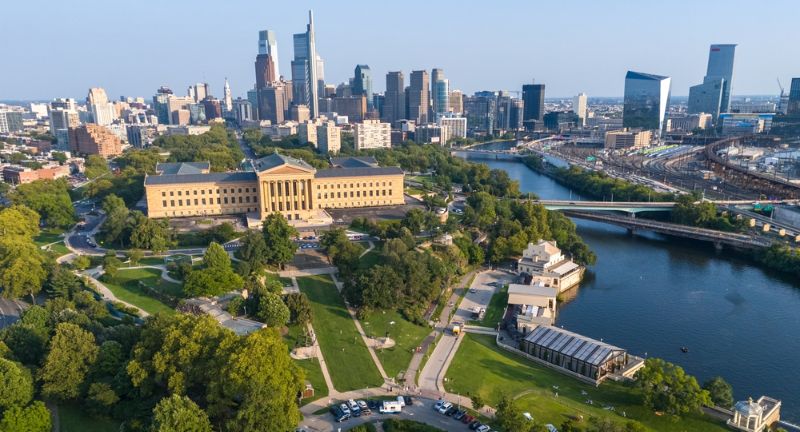
Shutterstock
Before Washington, D.C., the U.S. capital moved several times, including stints in New York City and Philadelphia. The Residence Act of 1790 established a permanent capital along the Potomac River, chosen for its strategic location. Today, Washington, D.C., serves as a symbol of national governance. The capital’s history reflects the early debates about geography and power.
The U.S. Flag Has Changed 27 Times
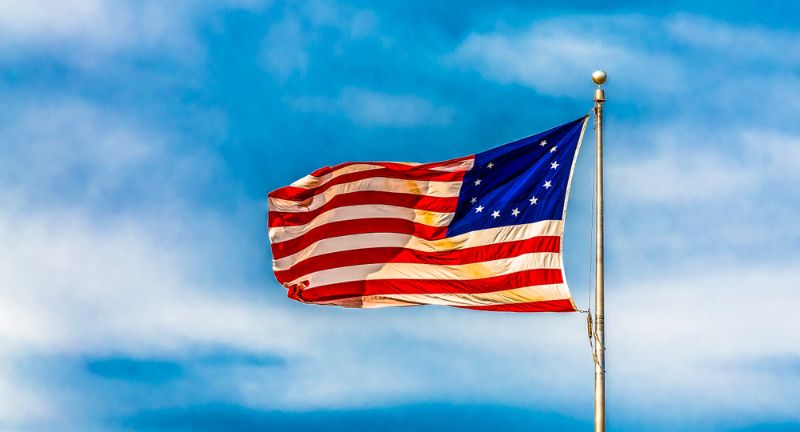
Shutterstock
Since its adoption in 1777, the U.S. flag has undergone 27 design changes to reflect the addition of new states. The current 50-star version became official in 1960 after Hawaii joined the Union. The evolution of the flag represents the growth of the nation. Each design tells a story of expansion and unity.
The Constitution Wasn’t America’s First Governing Document
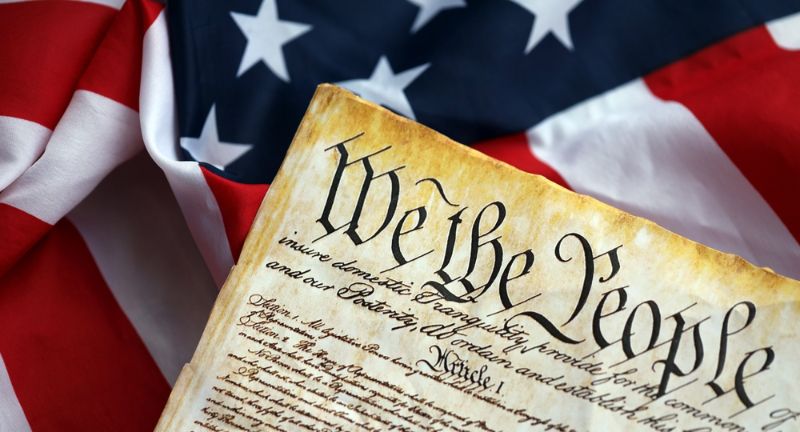
Shutterstock
Before the Constitution, the U.S. was governed by the Articles of Confederation. Adopted in 1781, the Articles created a weak central government, leading to issues with taxation and interstate cooperation. The Constitution, ratified in 1789, replaced the Articles and established a stronger federal framework. This transition shaped the government structure we know today.
Thanksgiving Wasn’t Always a National Holiday

Shutterstock
While Thanksgiving traces back to the Pilgrims and Native Americans, it wasn’t a consistent holiday until the 19th century. Sarah Josepha Hale, a writer, campaigned for a national Thanksgiving Day, leading Abraham Lincoln to proclaim it in 1863. The holiday was officially set in November by Congress in 1941. Its evolution highlights the power of tradition and advocacy.
The Gold Rush Made California a State Faster

Shutterstock
The discovery of gold at Sutter’s Mill in 1848 sparked the California Gold Rush, drawing thousands of settlers westward. By 1850, California’s population had grown enough to become a state, skipping the usual territorial phase. The Gold Rush not only accelerated statehood but also reshaped the economy and demographics of the region.
The U.S. Had Its Own Great Wall… of Trees
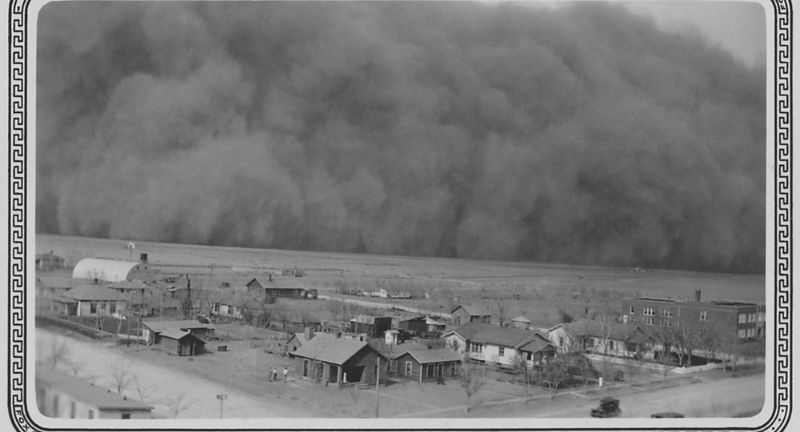
Shutterstock
During the 1930s Dust Bowl, the U.S. government planted a “Great Wall of Trees” to combat soil erosion. Known as the Shelterbelt Project, it involved planting thousands of miles of trees across the Midwest. This innovative environmental effort helped stabilize the land and reduce dust storms. It stands as an early example of federal environmental action.
The Declaration of Independence Wasn’t Signed on July 4th
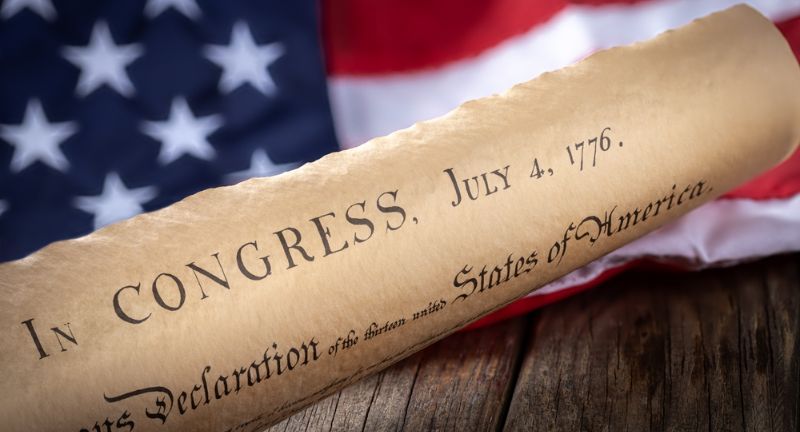
Shutterstock
Although July 4, 1776, is celebrated as Independence Day, the Declaration of Independence wasn’t signed by all delegates on that date. Most signatures were added on August 2, 1776. July 4th marks the date the Continental Congress approved the final draft of the Declaration. The timeline of events shows the complexities of the founding process.
The Pentagon Has Twice as Many Bathrooms as Necessary

Shutterstock
When the Pentagon was built in the 1940s, Virginia’s segregation laws required separate bathrooms for Black and white employees. Although these laws were later overturned, the building still has twice the number of bathrooms as needed. The Pentagon’s design reflects a historical era of racial segregation in the U.S.
Harriet Tubman Was a Union Spy
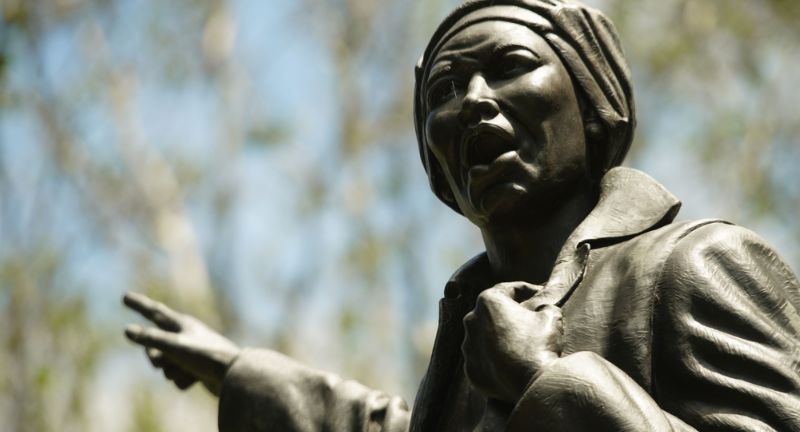
Shutterstock
Harriet Tubman, known for her role in the Underground Railroad, also worked as a Union spy during the Civil War. She gathered intelligence, led scouting missions, and even guided raids that freed hundreds of enslaved people. Tubman’s contributions extended far beyond her better-known abolitionist efforts, showcasing her remarkable bravery and strategic skills.
Conclusion

Shutterstock
Exploring these hidden facts about the United States reveals a more nuanced and fascinating history than what textbooks often cover. From quirky traditions to bold historical moves, these stories highlight the complexities of the nation’s past. Understanding these lesser-known details enriches our appreciation of American history. They remind us that there’s always more to learn and uncover.





















































